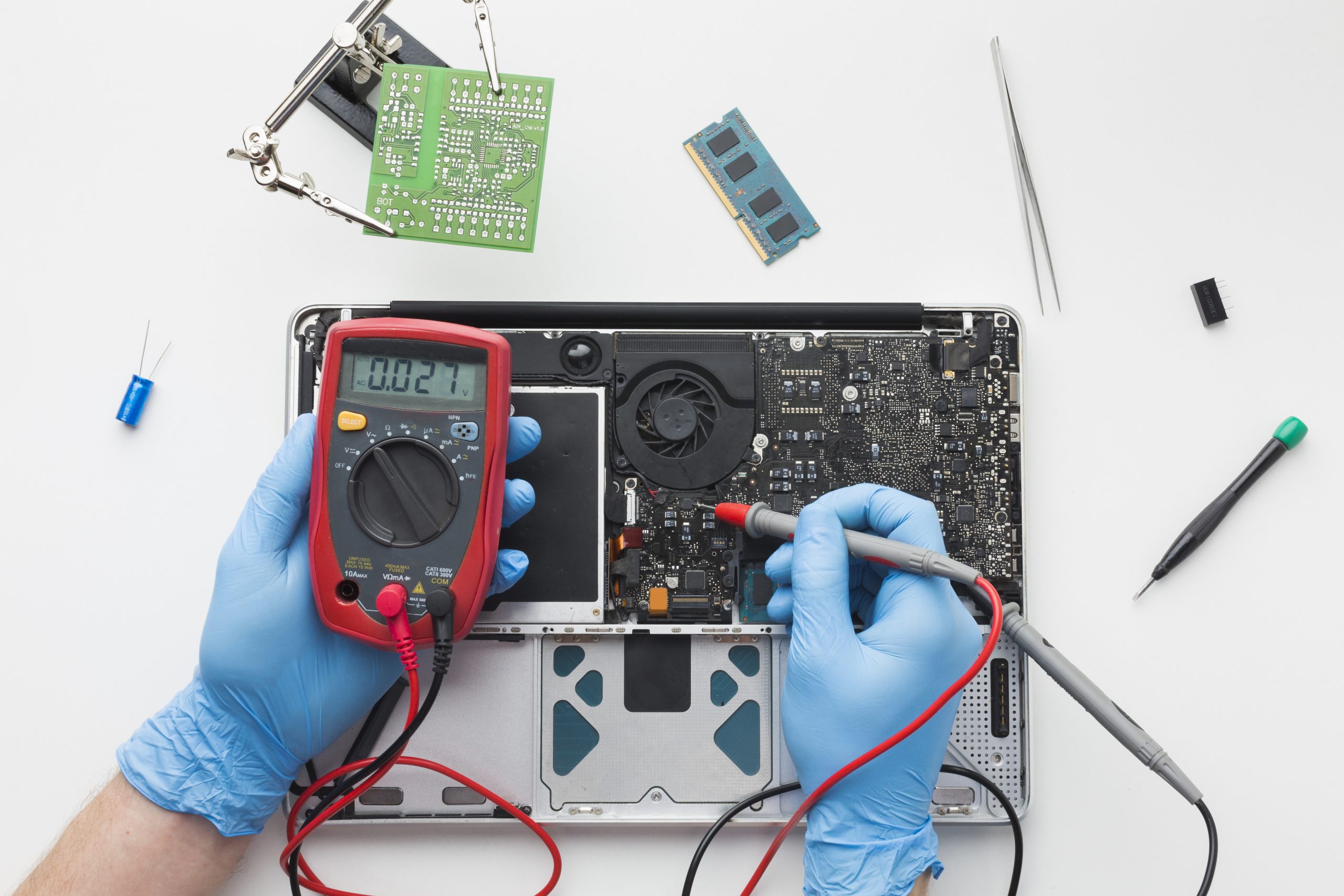What is a Rectifier?
A rectifier is an electric circuit that makes DC voltage out of AC voltage. Because electrical grids provide mostly AC power, yet electronic appliances need DC power, rectifiers play the role as a connecting point to maintain continuous power flow.
A rectifier functions by allowing the current to pass in a single direction through semiconductor diodes. The diodes block the negative half-cycle of AC from passing, thus converting it into a workable DC voltage.
Types of Rectifiers
Rectifiers are broadly categorized into two types:
1. Half-Wave Rectifier
A half-wave rectifier permits only one half-cycle of AC (positive or negative) to pass through and prevents the other half from passing through. This gives pulsating DC, which is not efficient.
Working Principle:
- It has a single diode and a load resistor.
- When the AC input is positive, the diode is forward-biased and current flows.
- When the AC input is negative, the current is blocked by the diode and no output is produced for half the cycle.
Applications:
- Simple power supply circuits
- Demodulation of signals in radios
Advantages:
- Easy circuit design
- Low cost
Disadvantages:
- Poor efficiency (~40%)
- Creates a lot of ripples, necessitating extra filtering
2. Full-Wave Rectifier
A full-wave rectifier turns the whole AC cycle into DC, so it is more efficient than a half-wave rectifier.
Types of Full-Wave Rectifiers:
There are two types:
a. Center-Tap Full-Wave Rectifier
- Uses a center-tap transformer and two diodes.
- The center tap is the reference point for both halves of AC.
- Every diode flows in alternating half-cycles of AC, delivering a smoother output of DC.
b. Bridge Rectifier
- Uses four diodes arranged as a bridge.
- Does not require a center-tap transformer and hence cheaper.
- More efficient conversion of both halves of AC into DC.
Uses:
- Power supply for electronic circuits
- Battery charge systems
- DC motor drives
Advantages:
- Improved efficiency (~80%)
- Delivers smoother DC output
- Lower ripple factor
Disadvantages:
- More complicated design than a half-wave rectifier
- Needs more components such as diodes and filters
Why is a Rectifier Important?
Rectifiers are applied in many applications, including:
Power Supplies – All electronic devices, from laptops to TVs and mobile chargers, utilize rectifiers to transform AC power into DC.
Battery Charging – Mobile phones and electric cars need rectifiers to charge their batteries from AC sockets.
Welding Equipment – Rectifiers give a stable supply of DC power required for arc welding.
DC Motor Operation – Rectifiers find application in industrial machinery, elevators, and electric trains in DC motor drives.
Radio & Communication Systems – Rectifiers aid in signal demodulation as well as frequency conversion.
Benefits of Using Rectifiers
Rectifiers have some advantages:
✔ Energy Efficiency: Converts AC into DC with minimum power loss.
✔ Small & Lightweight: With the use of semiconductor technology in their design, today’s rectifiers are tiny and light in weight.
✔ Reliable & Robust: There being fewer moving components, rectifiers last longer and need to be serviced less.
✔ Universal Uses: Household appliances to industrial control, rectifiers are pivotal when it comes to power conversion.

